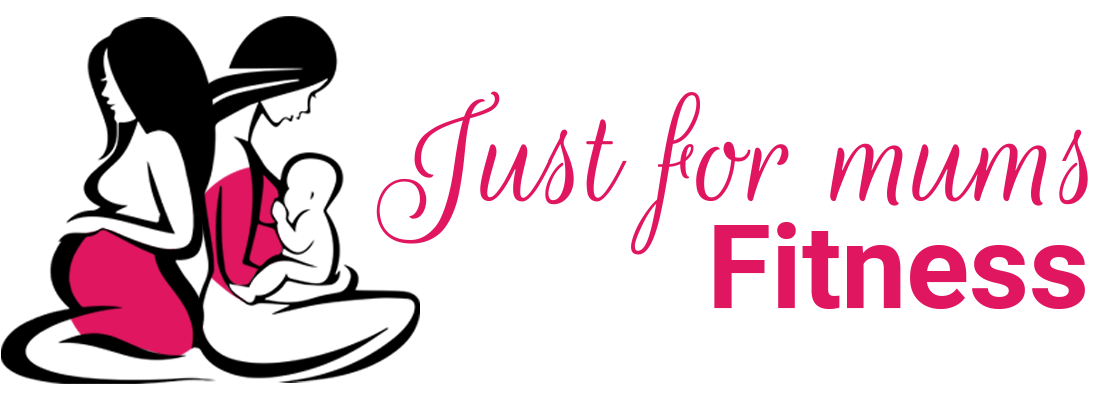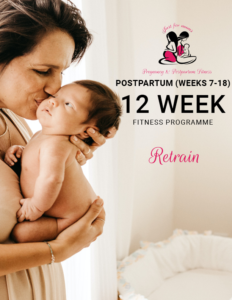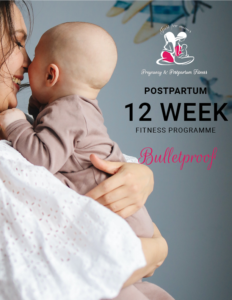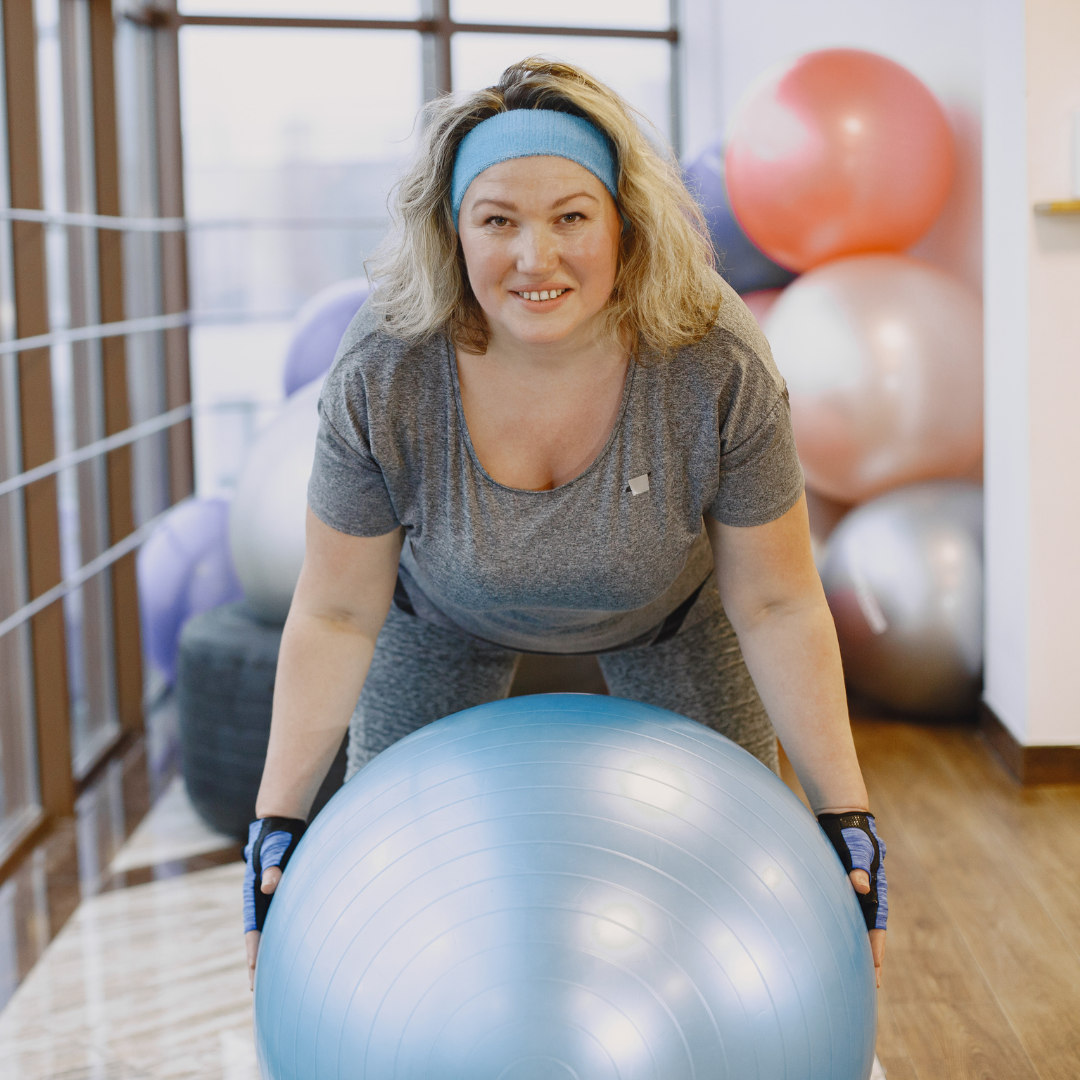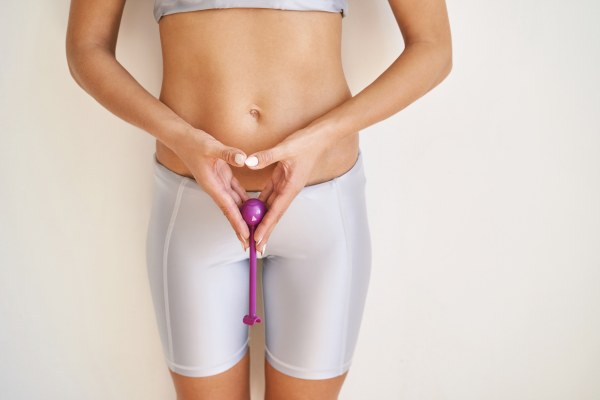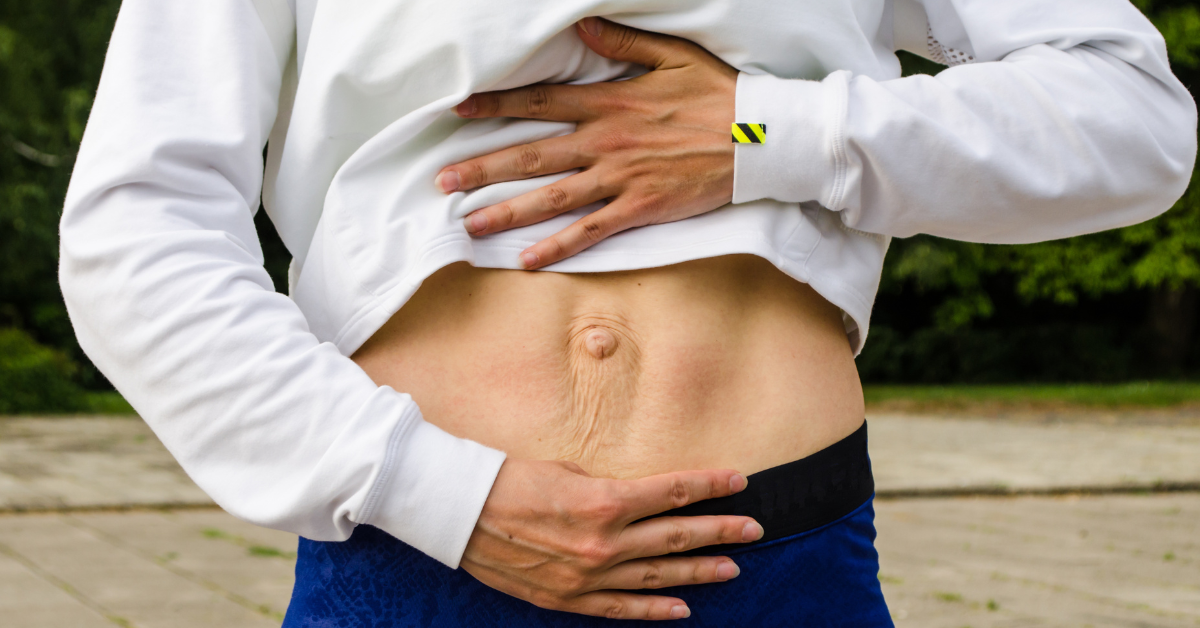The Postpartum Period
In a typical orthopedic injury, tissue healing takes anywhere between 12-16 weeks, however, current guidelines recommend that it is safe for a woman to return to physical activity, work, intercourse etc 6 weeks after having a baby!
Not only do these recommendations add pressure on postpartum mums to return to their ‘pre-pregnancy weight’ or their ‘pre-baby body’, they also don’t make complete sense!
Every healing process and progress is different, depending on your pregnancy and birth, as well as other factors like:
- How active you were before and during pregnancy
- Whether you had pain or incontinence during pregnancy
- How long your delivery lasted
- Whether you had any injuries
- Whether you had a Vaginal Birth or a Cesarean Birth
After childbirth, Musculoskeletal Dysfunction in the form of Low Back pain or Pelvic girdle pain, Diastasis Recti, Pelvic organ prolapse and Incontinence is relatively common and therefore I always remind my clients to be gentle with their bodies in the weeks and months post-childbirth. Rushing to get your pre-baby body back can sometimes cause injury, delay healing and leave you exhausted and fatigued.
The postpartum period is a transitionary period where a woman’s body recovers from delivery and she slowly and safely returns to engaging in activities that she enjoys.
While many women might think of the postpartum period as a short 6 week period I am of the belief that it lasts between 6- 12 months after delivery.
As a result, I have designed my postpartum programmes to cover a total of 24 weeks.
Learning to Love Your Postpartum Body
Even before having children, many women struggle to feel comfortable in their bodies, and unfortunately, this is heightened after pregnancy.
Your body suddenly not only looks different but feels and functions differently from what you are used to.
Even the most confident and secure women find themselves surprised by their reaction towards their post birth body.
I’m here to tell you the stretch marks, loose skin, mummy tummy, stitches, scars, dark circles under the eyes are all perfectly normal. In fact, it’s incredible! Your body has done what it needed to do to grow and birth a beautiful human being. That’s remarkable and you should be proud.
Barriers to Postpartum Exercise
Regular exercise can be beneficial for mums in the postpartum period, however, there are several reasons why many often struggle to achieve this:
- No support network: Mums who have a strong support network including their partners, family and friends are often the ones that are more likely to exercise.
- Difficulty Adjusting: The transition into motherhood can be sudden and quite daunting for first-time mums. Couple that with feeding issues and a lack of sleep and it’s easy to understand why exercise is not often a priority.
- Caring for your baby: Some mums allow their own mental and physical needs to take a back seat while caring for their newborn babies. They feel ‘selfish’ to put aside time for themselves.
- Work Constraints: Working mothers might find it difficult to squeeze in a morning workout and they may also be too tired at the end of the day.
- Lack of Childcare: Lack of childcare as well as caring for more than one child at home often limits exercise options.
- Mental health issues: Exercise can be very beneficial for mental health and has been shown to improve symptoms of depression and anxiety. However, issues related to mental health can be a barrier to getting out of the house, committing to an exercise programme and being consistent with exercise.
The First 6 Weeks: Rehab & Recovery
As long as my clients have been cleared by their primary care provider I am comfortable starting them off with breathing exercises and gentle movements. The main priorities during these 6 weeks are:
- Recovery
- Rest
- Establishing gentle movements, breathing patterns
- Re-establishing core and floor connection
I don’t offer a postpartum ‘programme’ for this period, but instead, recommend going for low-intensity walks, doing gentle mobility routines and breathing exercises. I DO NOT recommend any form of weight training during this 6 week period.
Retraining
The next phase in the postpartum period is what I call the ‘Retraining’ phase. In this phase, a postpartum mum is transitioning from the rehab and recovery phase to a phase where she begins to gradually perform exercises she is comfortable with.
The goal of my ‘Retrain’ programme is continued recovery, maintaining good breathing patterns, good core and pelvic floor coordination while incorporating more challenging strength training exercises.
As always there is no perfect prescription for exercise during this period. However, if you think about what every mum has to do in her everyday life it includes squatting, lunging, bending, twisting, lifting, walking etc – often with a baby in her arms!
This postpartum return to exercise programme is divided into two phases which last six weeks each. The sets and reps that I have prescribed are all indicative- i.e you can adjust the sets and reps according to the level of intensity, how you feel and your rate of progress.
This programme is designed specifically for you to do at your own pace, in the comfort of your home. However, to make the most of the programme certain equipment is necessary:
- Dumbbells
- Resistance bands
- Kettlebell (optional)
- Booty band (optional)
- Yoga Mat (optional)
Bulletproofing Your Body
Once my clients have established their baseline strength, feel more energised and are ready to move forward with their continued rehabilitation and strengthening I begin what I can the ‘Bulletproof’ phase.
My ‘Bulletproof’ programme is designed for mums who are 18 weeks (4-5 months) postpartum or over.
The goal here is similar to ‘Retrain’- continued recovery, maintaining good breathing patterns and good core and pelvic floor coordination, however, the difference being I incorporating more challenging strength training workouts and circuits. With ‘Bulletproof’ I aim to help prepare your body to return to higher intensity exercise.
This postpartum workout programme is divided into 2 six-week phases. Each is broken down into strength training, low intensity cardio, moderate-intensity circuits, high intensity interval training and core.
Like my other programmes, the sets and reps that I have prescribed are all indicative- i.e you can adjust the sets and reps according to the level of intensity, how you feel and your rate of progress.
This programme is also designed to do in the comfort of your home if that is what you want. However, to make the most of the programme certain equipment is necessary:
- Dumbbells
- Resistance bands
- Kettlebell (optional)
- Booty band (optional)
- Yoga Mat (optional)
Benefits of Postpartum Exercise
There are several benefits of exercise in the postpartum period, they are:
- An improvement in Aerobic function
- An improvement in mood and body image
- A positive effect on well-being
- A reduction in rates of stress, anxiety and depression
- A possible improvement in bone-mineral density
- A possible reduction in body fat, and an improvement in BMR.
These benefits are specific to the postpartum period, however, we must not forget the positive benefits of exercise in general:
- Management of weight and body composition
- Improvement in overall cardiovascular function
- Decrease in resting blood pressure and heart rate
- Improvement in overall respiratory function
- Decrease in blood triglycerides
- Decrease in visceral fat
- Improved insulin sensitivity
- Protection against the development of chronic disease
FREE Postpartum Exercise Guide
In this FREE GUIDE, my aim is to educate you about the changes that occur to your core during pregnancy and childbirth and to provide you with a list of exercises to avoid completely and ones that can be beneficial for you postpartum.
